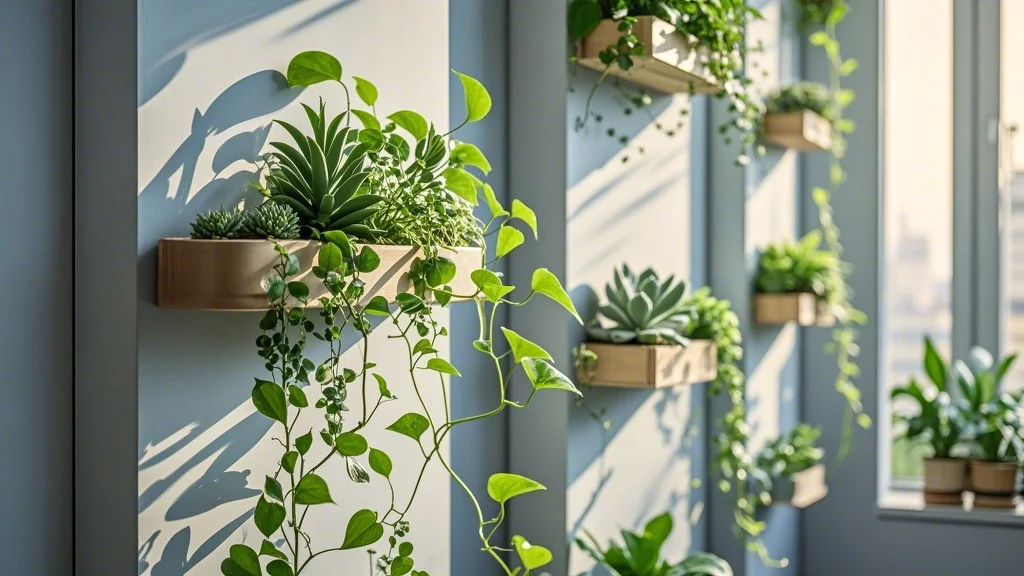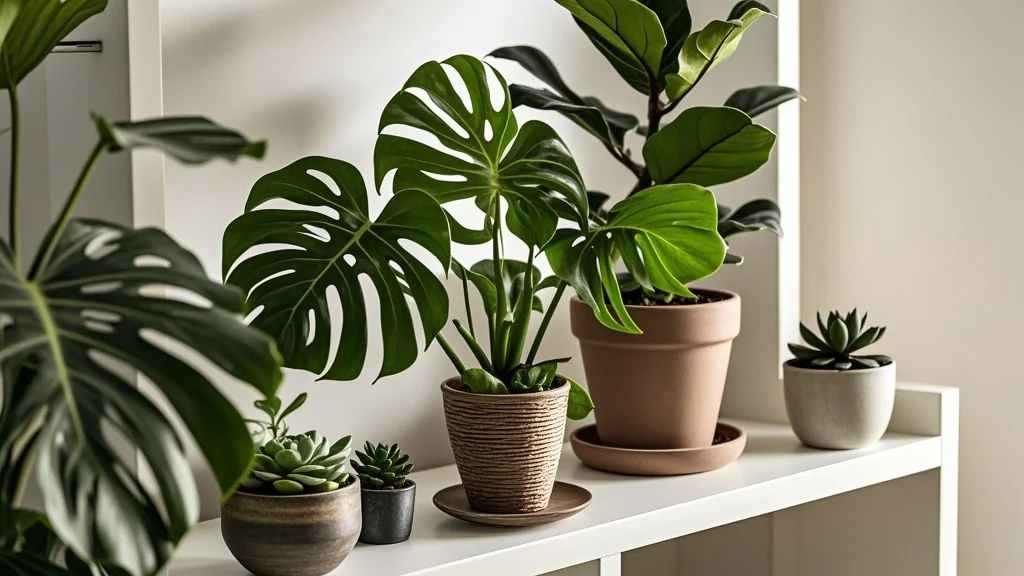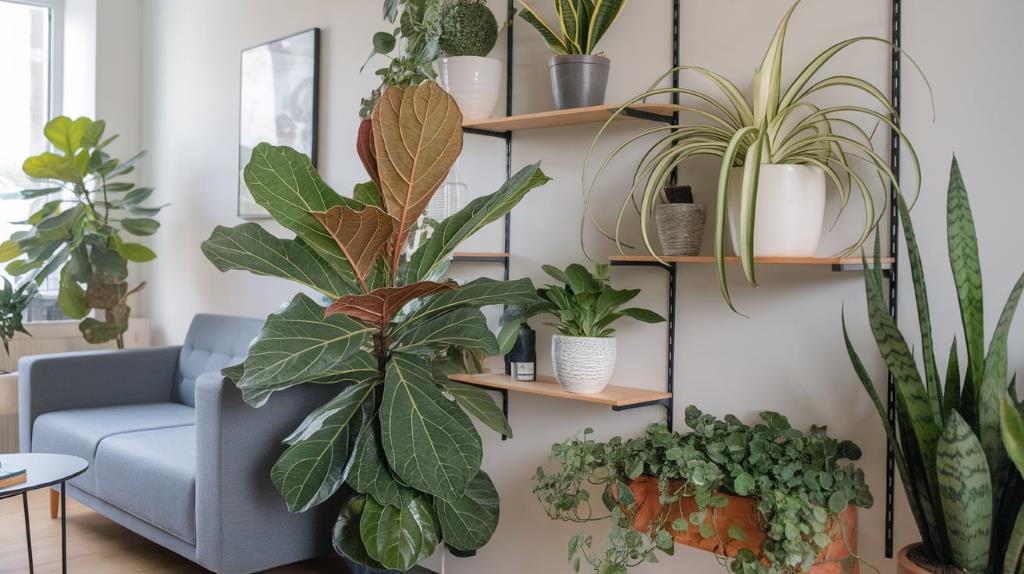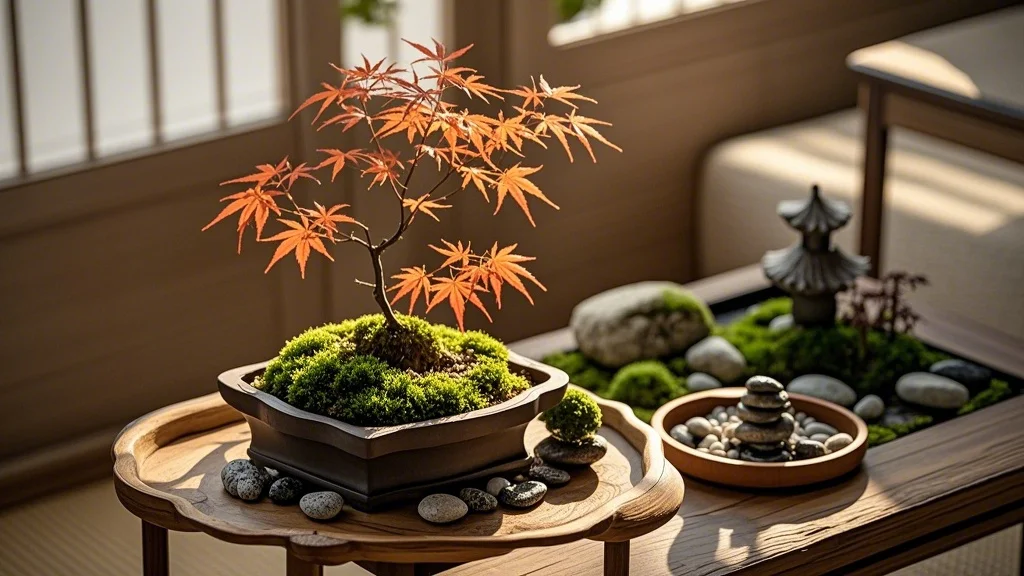For urban apartment dwellers and plant enthusiasts, the allure of filling every nook and cranny with lush greenery is undeniable. However, overcrowding your space with too many plants can lead to a host of problems, from stunted growth to pest infestations. This guide will help you strike the perfect balance between a thriving indoor garden and a livable space.
Contents
- 1 Understanding Plant Density
- 2 Signs of Overcrowding
- 3 Calculating the Right Number of Plants
- 4 Maximizing Space Without Overcrowding
- 5 Balancing Plant Types and Sizes
- 6 Maintaining Healthy Plant Density Over Time
- 7 The Impact of Overcrowding on Plant Health
- 8 Practical Tips for Avoiding Overcrowding
- 9 Overcoming the Urge to Overplant
- 10 When to Consider Downsizing Your Plant Collection
- 11 Conclusion
Understanding Plant Density
The Importance of Proper Spacing
Plants, like all living things, need room to grow and thrive. Proper spacing ensures:
- Adequate air circulation
- Even light distribution
- Reduced competition for nutrients
- Easier maintenance and care
Factors Affecting Optimal Plant Density
- Plant size and growth habits
- Light availability
- Room dimensions and layout
- Humidity requirements
- Air circulation needs
Signs of Overcrowding
Visual Indicators
- Overlapping foliage
- Stretched or leggy growth
- Yellowing lower leaves
- Reduced overall plant vigor
Environmental Clues
- Increased humidity levels
- Stagnant air
- Difficulty accessing plants for care
- Reduced floor space and walkways
Calculating the Right Number of Plants
The Square Footage Method
A general rule of thumb is to allow one medium-sized plant (6-8 inch pot) per 25-30 square feet of floor space. For a 500 square foot apartment, this translates to about 16-20 plants.
The Light Source Approach
Count the number of windows and bright areas in your space. Allocate 2-3 large plants, 3-4 medium plants, or 5-6 small plants per light source.
The Breathing Room Principle
Ensure each plant has at least 6 inches of space around it for proper air circulation and growth.
Maximizing Space Without Overcrowding

Vertical Gardening Solutions
- Wall-mounted planters
- Hanging baskets
- Tiered plant stands
- Tension rod plant hangers
Multi-level Displays
- Floating shelves
- Ladder-style plant stands
- Window sill extenders
- Bookcase plant displays
Space-Saving Plant Varieties
- Trailing plants for high shelves
- Compact succulents for small surfaces
- Dwarf varieties of larger species
- Air plants for minimal space requirements
Balancing Plant Types and Sizes

The Rule of Thirds
Aim for a mix of:
- 1/3 large floor plants
- 1/3 medium tabletop or shelf plants
- 1/3 small accent plants or hanging varieties
Creating Visual Interest
- Vary plant heights and textures
- Group plants with similar care needs
- Use contrasting leaf shapes and colors
- Incorporate both trailing and upright plants
Maintaining Healthy Plant Density Over Time
Regular Pruning and Maintenance
- Trim overgrown plants to maintain size
- Remove dead or yellowing leaves promptly
- Rotate plants for even growth and light exposure
Seasonal Adjustments
- Move plants closer together in winter for mutual humidity
- Spread plants out in summer for better air circulation
- Adjust plant locations based on changing light conditions
Repotting Considerations
- Assess root growth annually
- Repot only when necessary to avoid unnecessary size increases
- Consider root pruning for long-term size control
The Impact of Overcrowding on Plant Health
Increased Pest and Disease Risk
- Reduced air circulation promotes fungal growth
- Dense foliage provides hiding spots for pests
- Stress from competition weakens plant defenses
Nutrient Deficiencies
- Competition for soil nutrients
- Difficulty in targeted fertilization
- Uneven water distribution
Light Deprivation
- Taller plants shading shorter ones
- Reduced photosynthesis in lower leaves
- Etiolation (stretching) in search of light
Practical Tips for Avoiding Overcrowding
Implement a One-In, One-Out Policy
For every new plant you bring home, consider rehoming or gifting an existing one.
Regular Plant Audits
- Assess your plant collection monthly
- Identify struggling or overgrown specimens
- Make decisions on pruning, relocating, or rehoming
Prioritize Quality Over Quantity
- Invest in fewer, high-quality plants
- Focus on specimens that truly thrive in your space
- Choose plants that bring you joy and fit your lifestyle
Create Designated Plant-Free Zones
- Maintain clear pathways and seating areas
- Keep windows unobstructed for natural light
- Preserve functional spaces like work areas and dining tables
Overcoming the Urge to Overplant
Understanding Plant Addiction
- Recognize the emotional aspects of plant collecting
- Set clear goals for your indoor garden
- Practice mindful plant acquisition
Alternative Ways to Satisfy Plant Cravings
- Join local plant swap groups
- Volunteer at community gardens
- Start a plant-sitting service for friends
- Experiment with propagation of existing plants
Curating a Thoughtful Collection
- Develop a theme or color scheme
- Focus on mastering care for specific plant families
- Create mini-ecosystems or terrariums
When to Consider Downsizing Your Plant Collection
Space Constraints
- Difficulty moving around your home
- Plants encroaching on living areas
- Lack of storage for plant care supplies
Time and Energy Limitations
- Struggling to maintain proper care routines
- Neglected plants showing signs of stress
- Feeling overwhelmed by plant responsibilities
Quality of Life Impact
- Increased allergies or respiratory issues
- Conflicts with roommates or family members
- Financial strain from plant-related expenses
Conclusion
Creating a thriving indoor garden in a small space is a delicate balance between enthusiasm and practicality. By understanding the signs of overcrowding, implementing smart space-saving solutions, and maintaining a thoughtful approach to plant acquisition, you can cultivate a beautiful, healthy collection that enhances your living space without overwhelming it. Remember, the goal is to create a harmonious environment where both you and your plants can flourish. With these guidelines in mind, you’ll be well-equipped to nurture a vibrant indoor oasis that brings joy and vitality to your urban dwelling.









